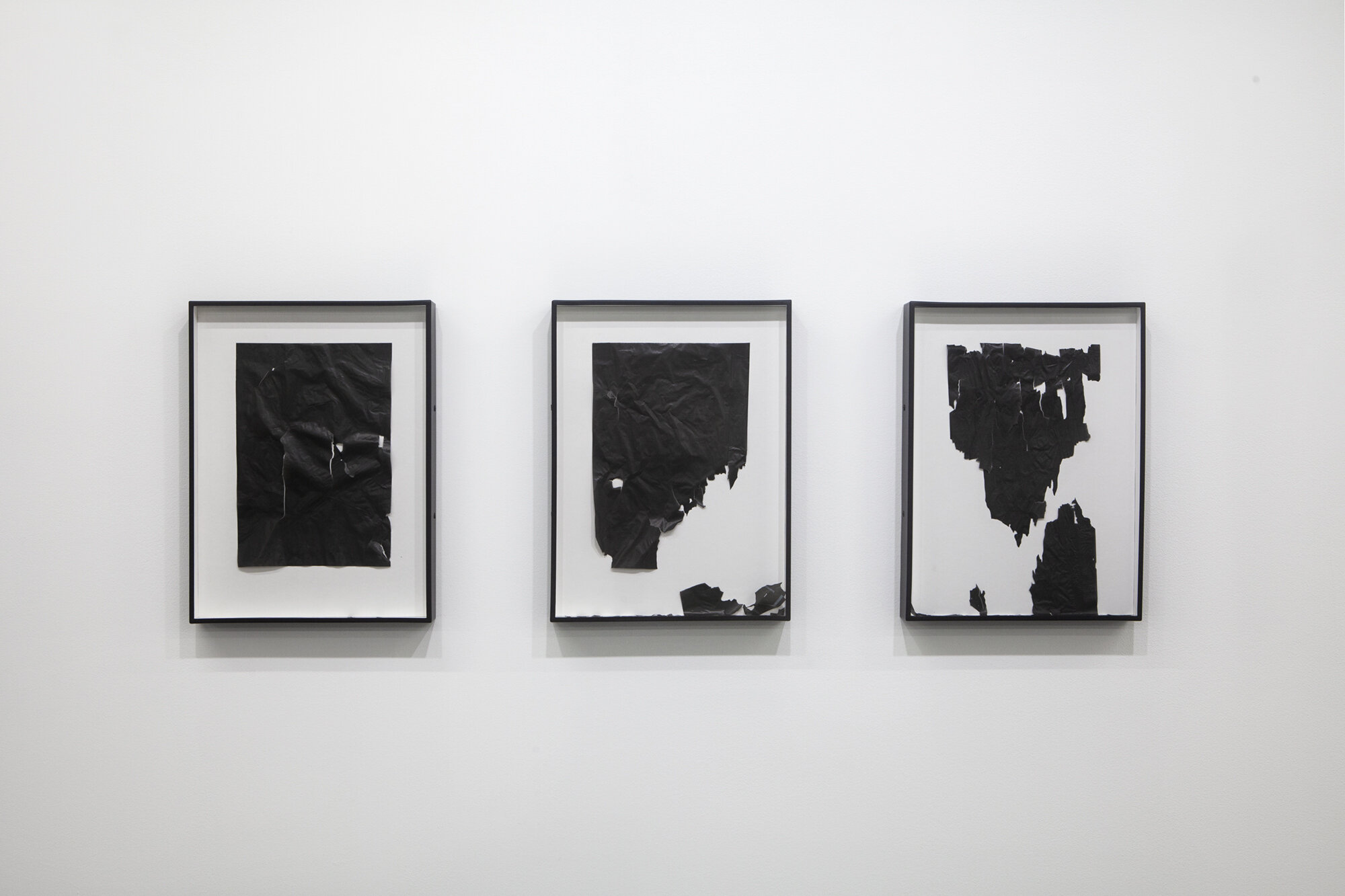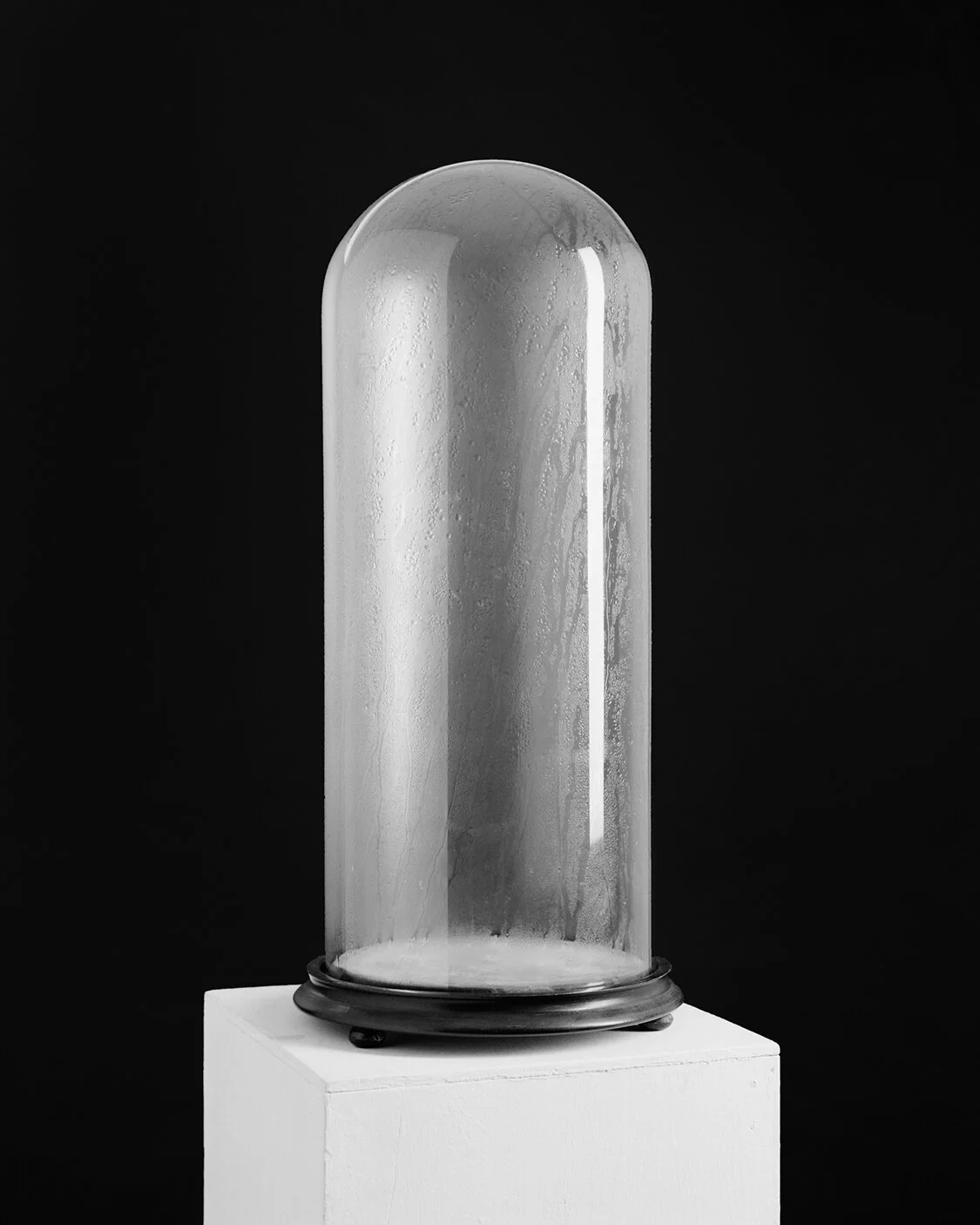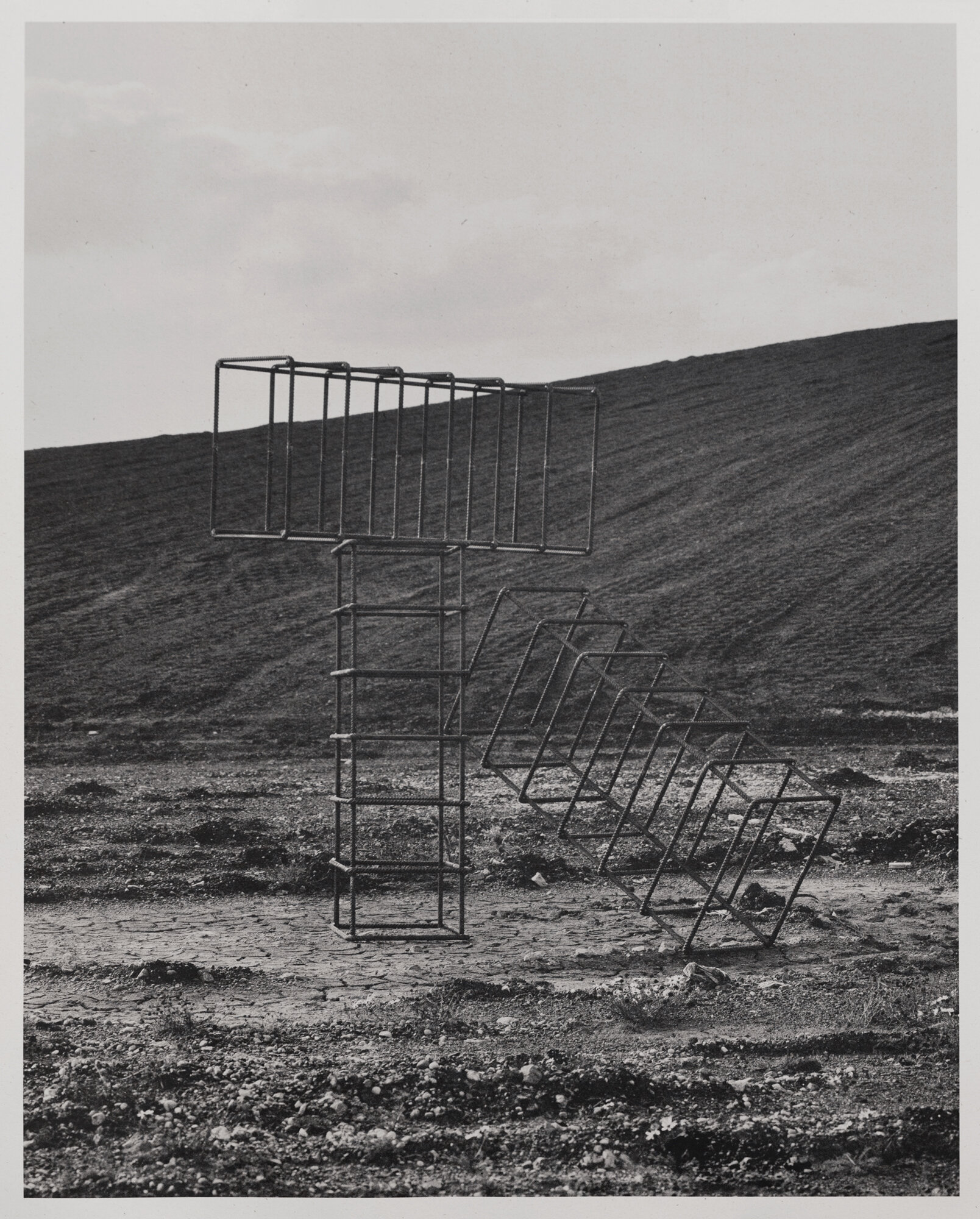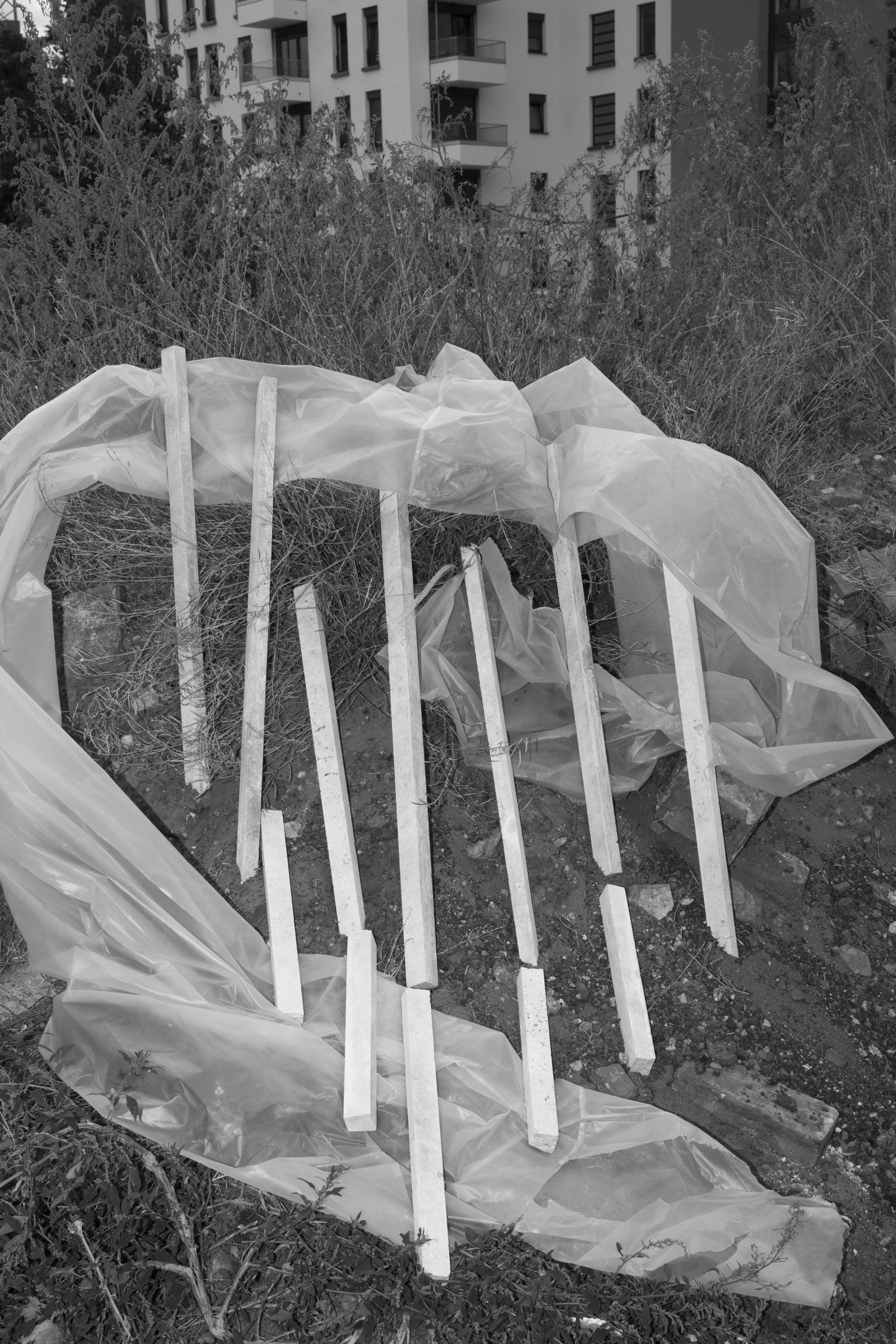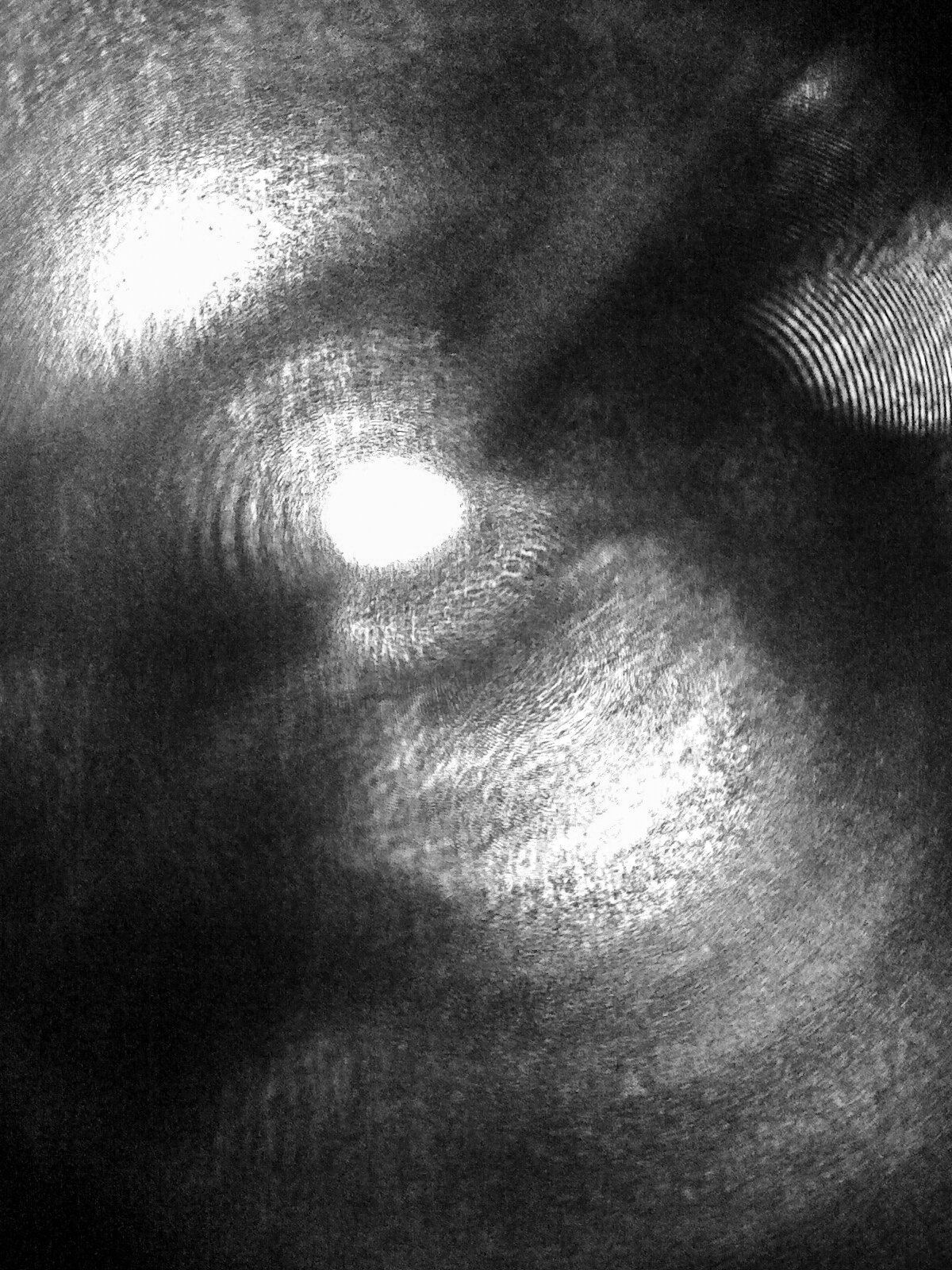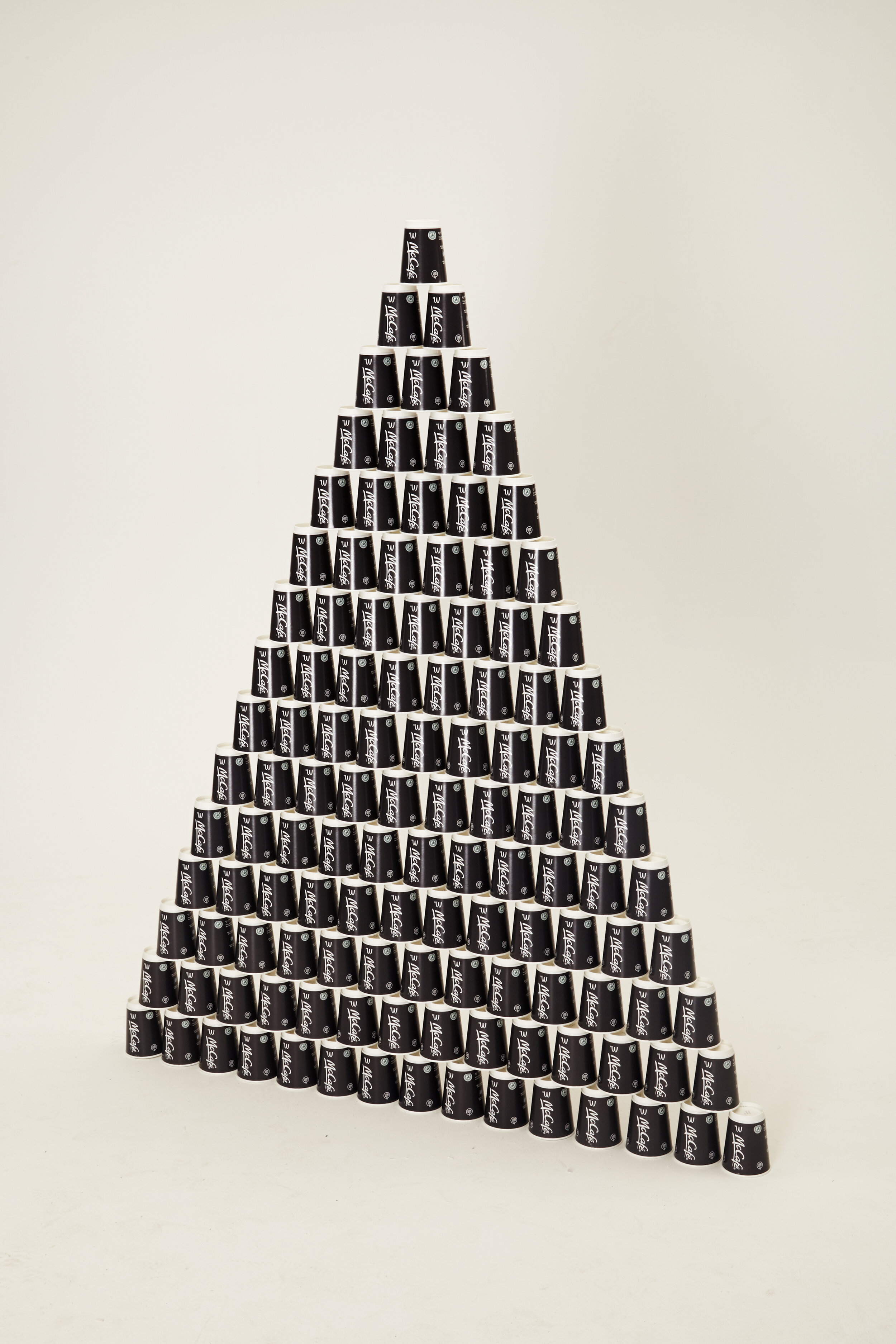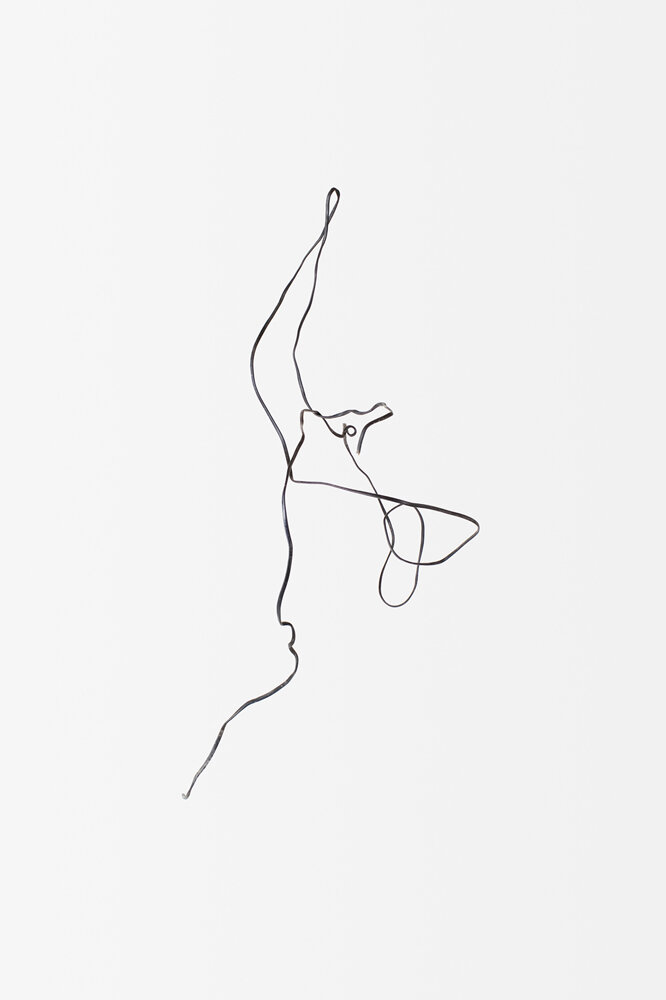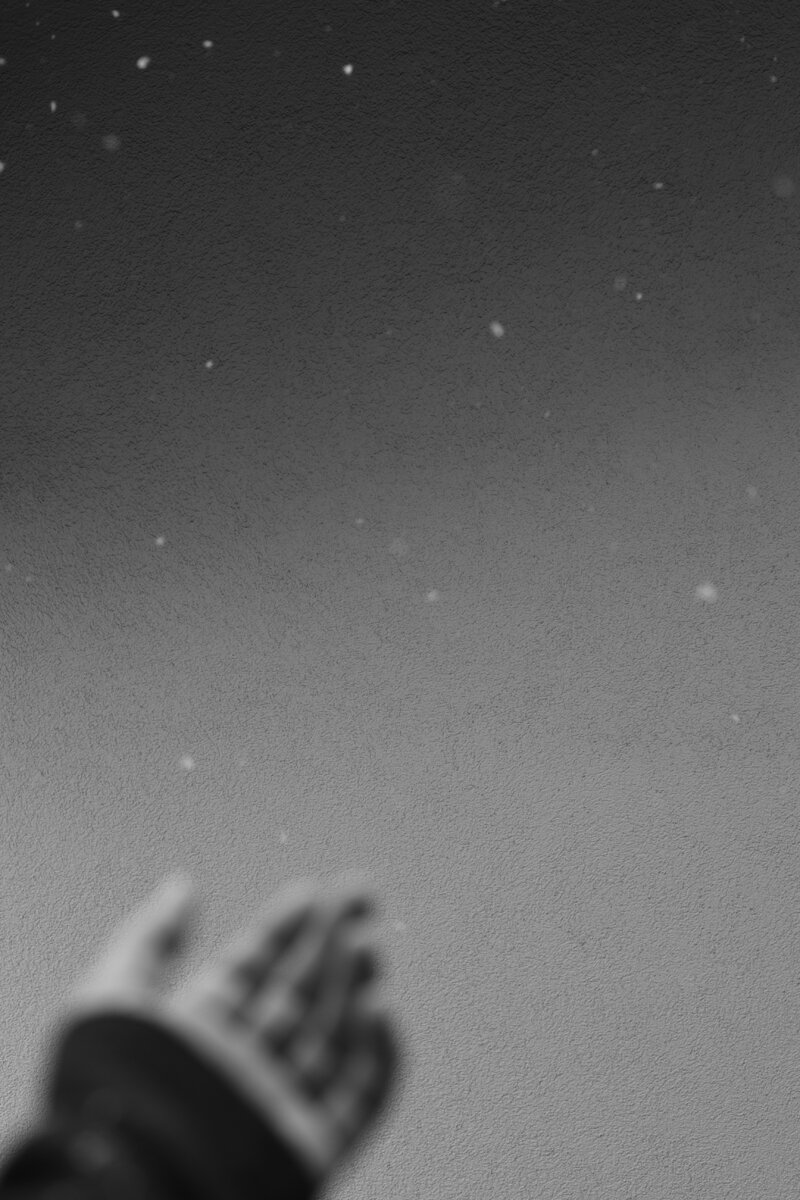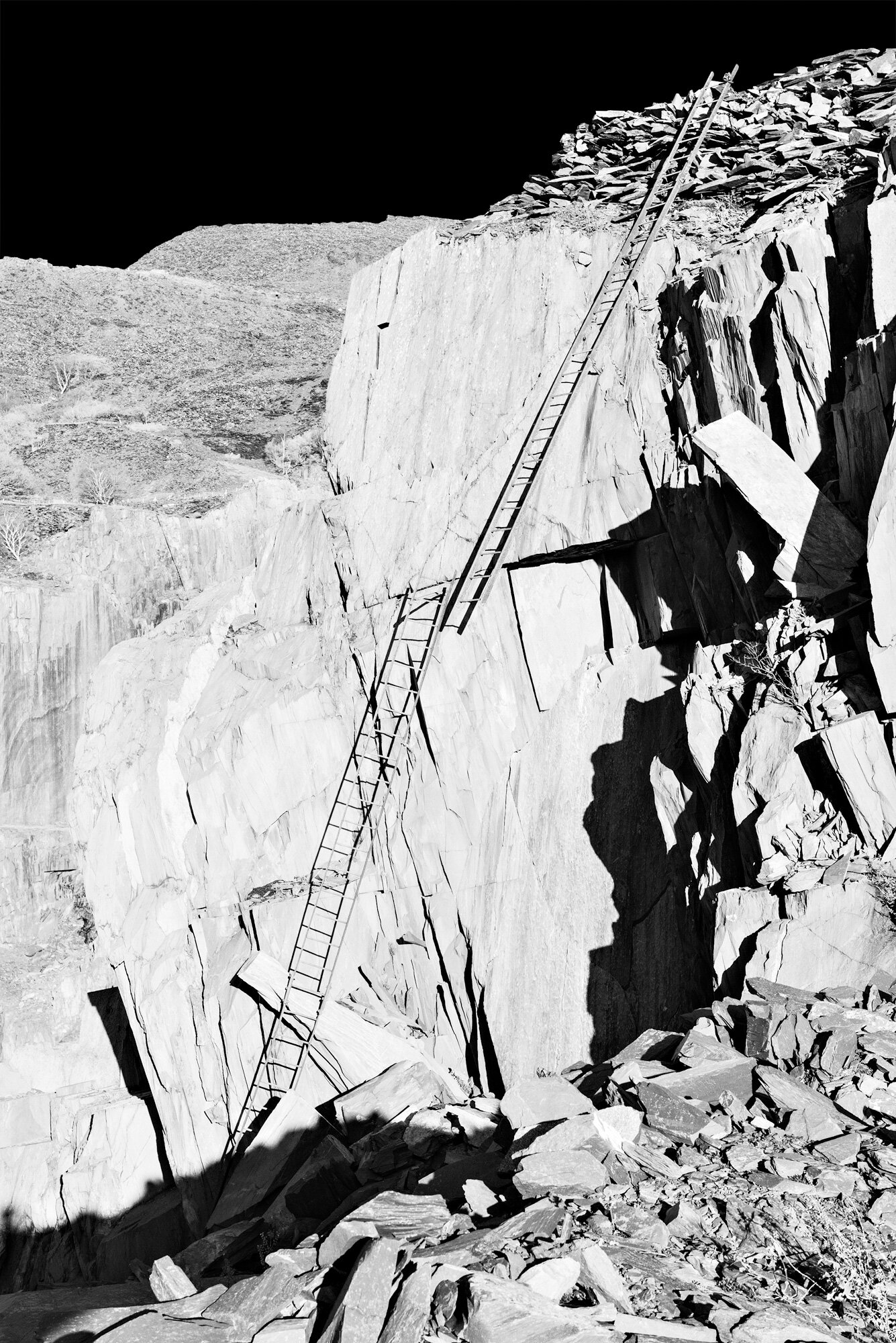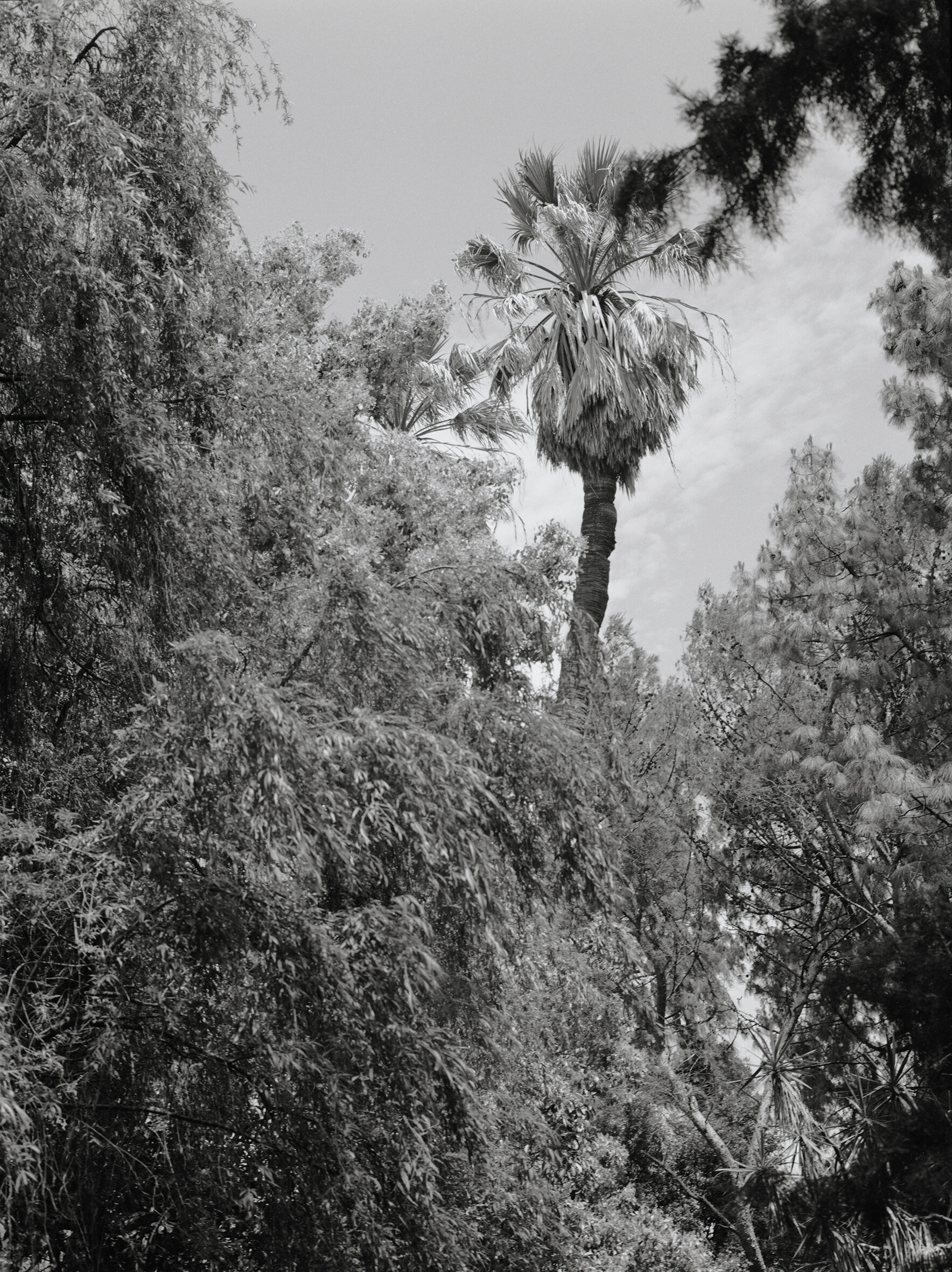Victor De Castro #17
COLLECTIVE 17
VICTOR DE CASTRO
Collective focus on the artistic process of one emerging artist; we learn about their sculptural practice and how it relates to construction, deconstruction, or both. Questions by Joanna Cresswell.
Tell us about your process. What reference or influence do you take from other mediums? What are the important elements of what you do? Talking about the work «Utopic structures», my process was based on the concept of Serendipity, which means a «fortunate happenstance» or a «pleasant surprise». Serendipity is the fact of realising an unexpected discovery during a guided search initially directed towards a different object of this discovery. It departed from an observation of remaining forms of foam in architectural or industrial design workplaces. I was interested by the trash, by what was left of initial ideas. I’ve collected those falls and started a search which was to create a new concept based on what was the rejections of a prior idea. I was collecting at first, and then assembling the pieces by chance, looking for corresponding edges. By proceeding that way i’ve found out that these objects reflected on the construction of phrases or poetry, on which form reflected in a word. I consider my objects as a formal construction of poetry. As they are constructed by the rejects of an idea, they suggest a «no-place», a utopia. For this work I was very inspired by texts of Stéphane Mallarmé, Jean Baudrillard, Roland Barthes and the french poet Stéphane Bouquet. Visually I felt the project was also related to modern artists, such as Malevich, Lygia Clark or Kandinsky. I’ve choosen to work with photographs of these objects because the medium of photography itself is charged with the task of providing proof of something that existed, a moment, a fact, a memory. I was seduced by this idea of presenting objects that only relate to themselves, or to the chance that created them and nothing more.
Are these pictures concerned with exploring formal and aesthetic interests, or are they representational, metaphorical? What is the weight that holds these pictures together? Each object is a hazardous construction. The movements of assemblage are through a chimerical path. For sure there’s a beginning and an end, and there’s where my intention as an artist is decisive. So, this is formal poetry, and the bond that ties it together is the working procedure and the conceptual construction. It suggests the existence of a Utopian dimension, language, or a way of thinking.
Are you a photographer or an artist using photography? I am definitely an artist using photography. In my body of work I also have a video production, as well as drawings and performances. I think each medium can contribute to reflections in another one. My work is very eclectic, whenever I feel like stepping into a «comfort zone», I try to do something else, to think different. And sometimes, for me, a change in mediums is necessary.
Does your work reflect on the medium of photography or the photographic image? If so, is that intentional? For the «Utopic structures» project I thought about the photograph as a 2D sculptural object. The objects themselves only exist by photographic representation. All the objects were destroyed after being photographed, only the image remains. This utopia has no time. It is a speculative way of thinking about the verification feature in the medium of photography. My intention was to push photography in a way we are not used to work with it. For this project I didn't want to construct poetry based on memory or a fact. The poetry here is constructed by an assumption.
Typically, are your works more about construction or deconstruction? Both. Before this project I was working in a collection of objects or group of objects that I found in the streets. Such as heaps of trash, piles of cardboard boxes, old obsolet furniture, etc. These collections of found things were making me reflect on the ready-made concept related to photography but also in how those objects were constructed themselves. - What were the hazardous gestures that gave birth to these forms? And whether I could use the same kind of gesture to construct something else. This observation of those hazardous constructions brought me to the experiment of construction of my «Utopic Structures». I think we can create poetry both ways, my biggest interest is to feel free to navigate wherever an idea gets me to.
Are you interested in the notion of your pictures as objects? Do you think about how their physicality may endure as you are photographing them or is that an afterthought? Totally. I really enjoy to stretch the limits of photography, so each time when a viewer comes in front of a photograph of that project and ask me why I didn’t present the sculptures themselves, I reply that they are indeed looking at the final sculptures. «The final object is in front of you, and it is a photograph». So the interesting thing for me is to make this viewer have another way of looking at a photographic image. Ever since the first picture I did for this project, I knew that the final representation would be a photograph of an object, that would be considered as a sculpture itself.
Often sculptural photographic works are concerned with elevating banal objects, situations or events to a status of ‘art’ – when does something become art for you? Well, I love what hides behind the banal. I think that an intention is necessary to give it another status, for sure a prior research and a contemplative observation. I think there are many possible ways of representing the banal in art. Some will find beauty or poetry in it, some others will find interesting moments and details, and etc. But I think what makes the banal special is that we are confronted with it every day. I think that photography has the power to isolate a view, an aspect, or a moment in the banal that is special. Something that escapes our everyday sight. And photography can also guide our eyes, our perception towards this beauty. In a society in which we are always asked to be looking, thinking and reacting faster and faster, I think that slowing down our perception and contemplating what is given to us everyday, is something that we need.
www.iamnotajukebox.com
Titles from top:
1-7 from the series Utopic Structures











